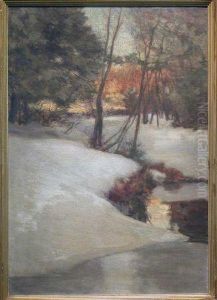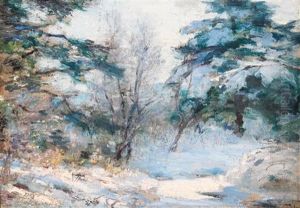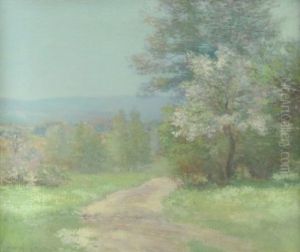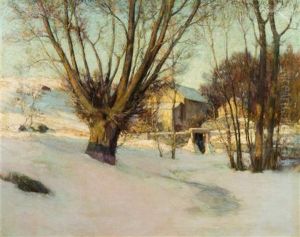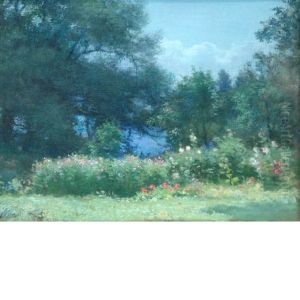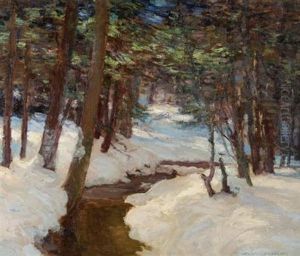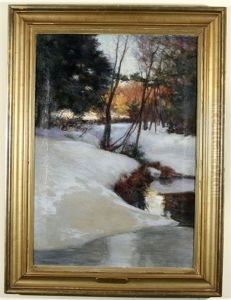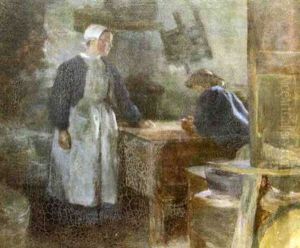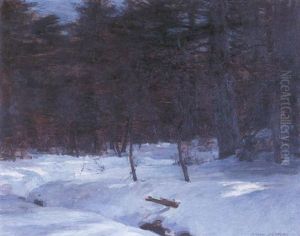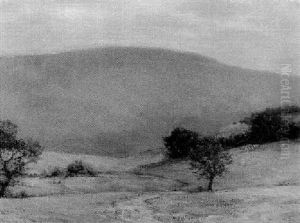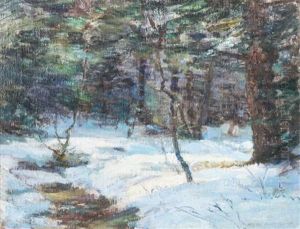Walter Nettleton Paintings
Walter Nettleton was an American artist known for his work as an illustrator and painter. Born on August 8, 1883, in Waterbury, Connecticut, Nettleton developed a keen interest in art from a young age. He pursued his passion for art by studying at the Art Students League of New York, where he honed his skills and was influenced by the thriving art scene of the early 20th century.
Nettleton's career as an illustrator gained momentum in the 1910s and 1920s when he began to contribute to popular magazines of the time such as 'Saturday Evening Post', 'Ladies' Home Journal', and 'Country Gentleman'. His illustrations were known for their vibrant character and often depicted scenes of everyday American life, resonating with a broad audience.
In addition to magazine illustrations, Nettleton also created advertising art and worked on book illustrations, showcasing his versatility as an artist. He had a knack for capturing the essence of his subjects, whether they were lively urban scenes or tranquil rural landscapes.
Despite his success as an illustrator, Walter Nettleton also pursued painting, primarily watercolors. His paintings often exhibited a similar thematic focus to his illustrations, with an emphasis on Americana and a clear reflection of his illustrative background in their composition and style.
Nettleton's work was widely exhibited during his lifetime, and he was a member of various art associations, including the Salmagundi Club, the American Watercolor Society, and the Connecticut Academy of Fine Arts. His unique blend of illustration and fine art allowed his work to transcend commercial boundaries and be appreciated in both spheres.
Walter Nettleton's legacy as an illustrator and painter is marked by his contribution to American visual culture during the first half of the 20th century. His illustrations remain a testament to the era's aesthetic and social milieu, while his paintings continue to be appreciated for their artistic merit. Nettleton passed away on May 30, 1948, leaving behind a body of work that continues to be studied and admired by art enthusiasts and historians.
